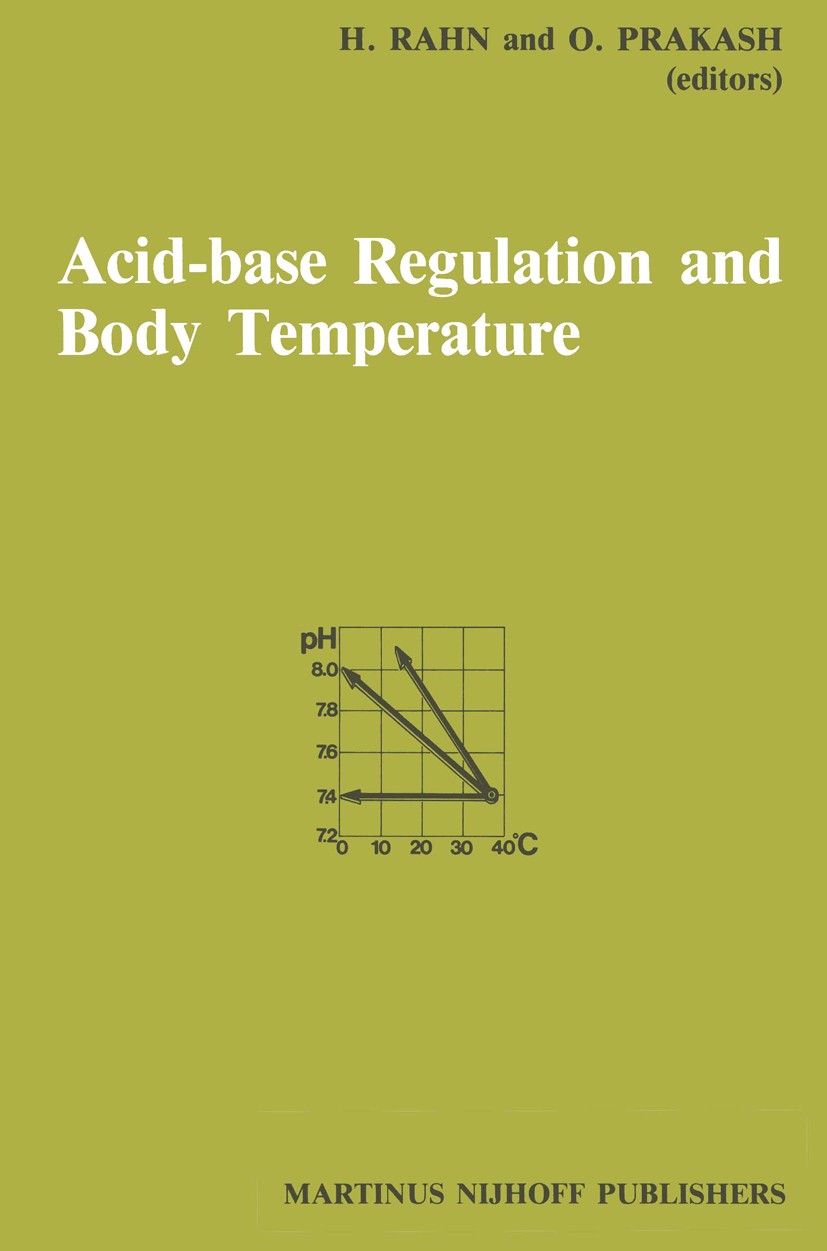| 期刊全称 | Acid-Base Regulation and Body Temperature | | 影响因子2023 | Hermann Rahn,Omar Prakash | | 视频video | http://file.papertrans.cn/144/143936/143936.mp4 | | 学科分类 | Developments in Critical Care Medicine and Anaesthesiology | | 图书封面 |  | | 影响因子 | During the last 20 years two groups of investigators have concerned themselves with the problem of acid-base regulation at various body temperatures. Each group, in professional isolation, pursued a separate path. Surgeons and anesthe tists developed techniques and tools for hypothermic cardio-pulmonary by-pass operations and based their rationale for acid-base management on in vitro models of blood behavior. Physiologists and biochemists, on the other hand, endeavored to understand acid-base regulation in living organisms naturally subjected to changes in body temperature. Only in the last decade has there been an increasing awareness that each group could benefit from the other‘s experiences. With this goal in mind members of both groups were invited to present their views and observations in the hope of arriving at a better understanding of acid-base management during hypothermia and gaining a greater insight into the factors which control acid-base regulation during normothermia. This led to the presen tation of the present volume with the aim of providing the clinician with a survey of present theories and the resulting strategies for management of the hypother mic patient. | | Pindex | Book 1985 |
The information of publication is updating

|
|
 |Archiver|手机版|小黑屋|
派博传思国际
( 京公网安备110108008328)
GMT+8, 2025-12-15 21:35
|Archiver|手机版|小黑屋|
派博传思国际
( 京公网安备110108008328)
GMT+8, 2025-12-15 21:35


